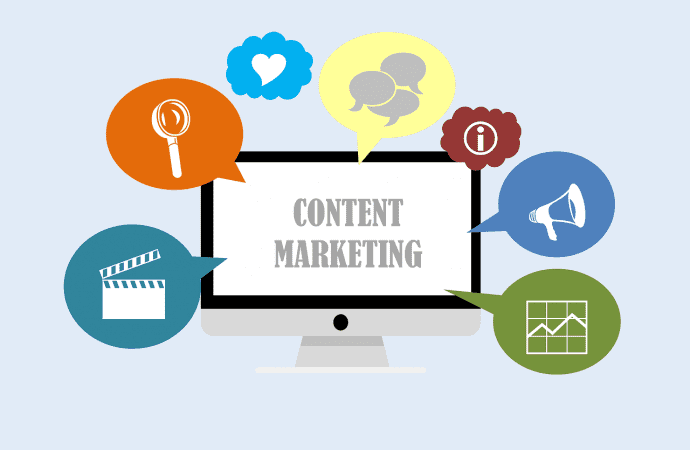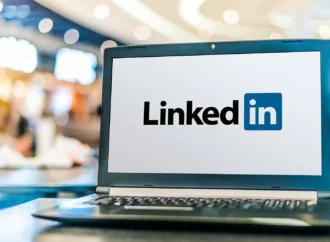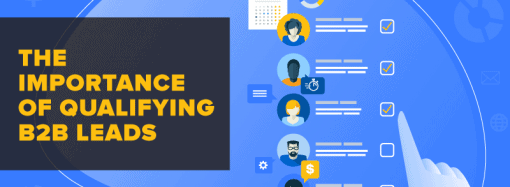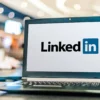Words from Dream Factory’s CEO, Paulo Cigagna As we enter 2019, I want to talk a little bit on our company blog about what I believe it will be the next challenge in marketing for most of the companies in the United States. Dream Factory was founded in 1999, but I’m from the pre-computer era.
Words from Dream Factory’s CEO, Paulo Cigagna
As we enter 2019, I want to talk a little bit on our company blog about what I believe it will be the next challenge in marketing for most of the companies in the United States.
Dream Factory was founded in 1999, but I’m from the pre-computer era. Like many of our clients, I saw what happened with the introduction of the Internet in real time. Over the last 10 years, there has been a democratization of information: everybody now has a voice. Everybody suddenly has a way to express their opinions to the world.
Before the internet, you had to go to specific medias—like a newspaper, a radio or a TV—to share your thoughts to the world, and those outlets would vouch for you. The information was compartmentalized. Only a few people had access to those communication channels.
We live in a different world in 2019. With the internet growing the way it is, information has not only become available for everyone but so has everyone’s thoughts and ideas. In this age of equality, everybody’s voice is equal. Everyone can open a blog and say whatever they want, whenever they want. It’s freedom of speech.
What is the problem with this “explosion of information”?
For the past 10, 15 years, this rush of information has been building up. In market segments—such as the real estate bubble and the technology bubble—these sorts of build-ups can explode.
Information, however, doesn’t have a bubble. Information will never, ever explode. We are oversaturated with information, meaning the next 10 to 15 years will be the fight to have your information stay relevant. This fight will be to have your information segmented within a specific group, audience or persona, and to make sure your information is what surfaces to meet their needs.
As a company, you’re going to have to fight to get visibility online, because it will not get easier any time soon. Your visibility online will directly affect the behavior of your consumer and the mindset of your consumer. You’ve judged a company based on what you’ve read about their reputation online, right?
The problem with this new excess of information and the constant multiplication of communication channels is the sheer amount of content being created daily. Every single day you have a different Facebook or Instagram post, a different Tweet, a brand-new blog. It’s noise. You have so much white noise that it’s really very hard for you to validate the information you’re receiving.
“Who is this person who is talking to me? Should I listen to that person? What media do I trust and why? How can I sort the information for me in a way that is applicable for my life? Is it in tune with what I know and believe?”
That’s the challenge for the companies in the next 10 to 15 years. I call this the “explosion of information.” That’s going to be the challenge for most marketeers and companies. It’s how to surface on that sea of constant white noise.
How do we face this challenge as marketers?
I know personally that a lot of C-level professionals—CFOs and CEOs—don’t believe in branding and advertising, because they’ve been trained not to believe that. This is especially the case in B2B companies, which are most of our clientele at Dream Factory.
In the past 10 years, branding and advertising have proven themselves to be directly related to sales and leads, client retention and reputation management. The B2C industry already knows this, because often, B2C marketing is three or four steps ahead of the B2B industry. Branding and advertising have become shields that protect and influence the behavior of your future consumers. An established brand encourages your customers and clients to repeat the buy or to become a brand ambassador that refers others to your products and services.
Because of this excess of information, you’ll need a higher frequency of content “touchpoints” with your customer, or with your suspected prospect, before they convert. They’ll expect a higher quality of information from you that cuts through the noise of your competitors.
In a nutshell, I’m forecasting an increased urgency for content marketing: high-quality content marketing. With it, there’s now a wave of data analysis available to determine which communication channels are best suited for your company’s unique audience persona.
Why the focus on content marketing?
As content marketing expands and shapes the behavior of your prospect, it becomes more and more integral to your lead generation. Having high quality educational and informative content not only helps you acquire new clients but also helps you retain them by nurturing them into your most passionate brand ambassadors.
Your content needs to be focused on your unique point of view and the value proposition of your services as they relate to your client. You’re going to have to really understand their persona and buying behavior. This is what we call behavioral marketing, or consumer-based marketing. You must be able to articulate the value proposition that your client really needs and wants to hear.
The short of it is that we’re fighting for the mind share of your customers. You need to be in the “top five” of the mind share of your customer. If I want to buy a car, you need to be in one of the five brands that are there. Mind share equals money. Plain and simple. That is the whole of your marketing.
If you want to create good brand exposure with a clear brand footprint, and want to understand more about how content marketing can assist you in this, please contact us at Dream Factory. I’d personally be glad to speak with you about your needs.













